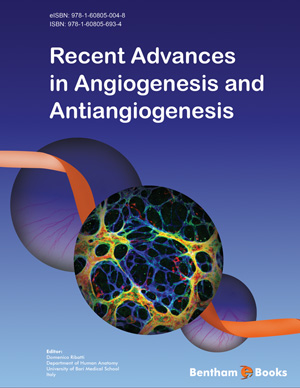Abstract
Tumor vascular disrupting agents (VDAs) are characterized by their ability to produce a very rapid and selective shut-down of tumor blood flow sufficient to induce extensive secondary tumor cell death. This effect is brought about by efficacy against established tumor blood vessels, making their mode of action conceptually distinct from that of the anti-angiogenic agents. Three main groups of VDAs are currently in clinical trial, consisting of DMXAA (5, 6-dimethylxanthenone-4-acetic acid), tubulin binding agents including the combretastatins and junctional protein inhibitors. These agents have different primary targets but produce similar morphological and functional effects on the tumor vasculature. The signaling pathways that mediate these effects are only partially understood but, in the case of disodium combretastatin A-4 3-0-phosphate (CA-4-P), undoubtedly involve activation of the small GTP-ase Rho and Rho kinase. Innate and induced resistance mechanisms need to be investigated in order to provide new targets for improving the efficacy of VDAs, especially in combination with conventional cancer treatments. Here, we review the developmental status of, and mechanisms of action and resistance to, currently available VDAs.






















